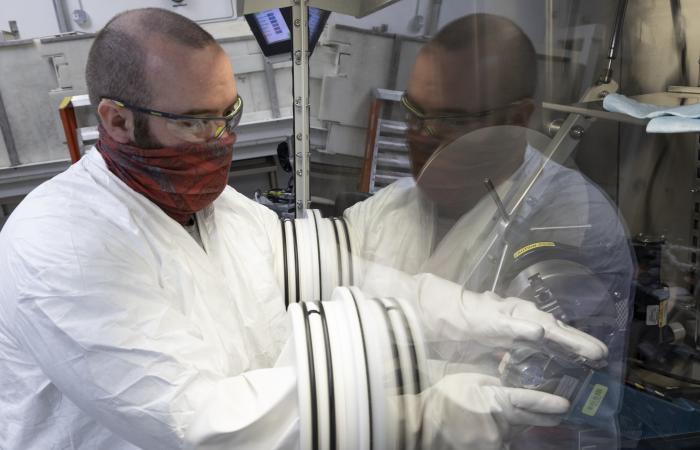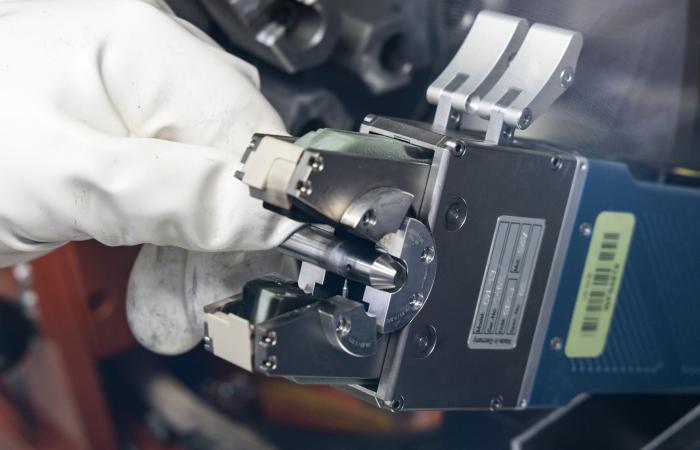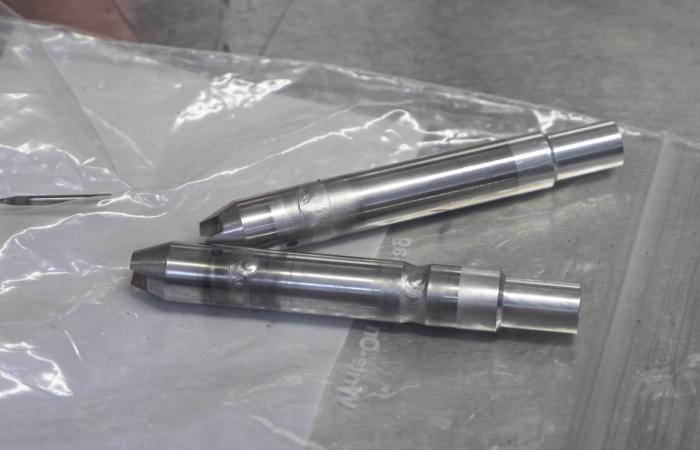A better way of welding targets for Oak Ridge National Laboratory’s plutonium-238 production has sped up the process and improved consistency and efficiency. This advancement will ultimately benefit the lab’s goal to make enough Pu-238 – the isotope that powers NASA’s deep space missions – to yield 1.5 kilograms of plutonium oxide annually by 2026.
ORNL began using an orbital welder inside a protective glovebox for the weld that closes the hollow tube containing neptunium feedstock – the last step before these targets are irradiated in ORNL’s High Flux Isotope Reactor to produce Pu-238. (Watch video)
The new computer-controlled orbital welder produces welds that do not require hand finishing, thereby shortening the time to complete welding jobs from a week to about a day.
“The time saved really adds up as we work toward our production goals,” said ORNL’s Robert Wham. Plutonium oxide is the power source for Perseverance, NASA’s Mars rover.






